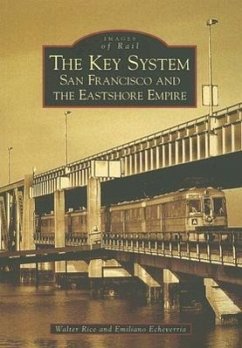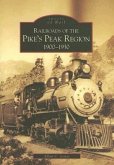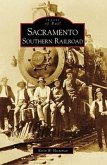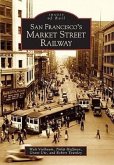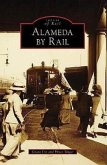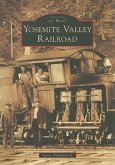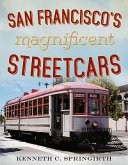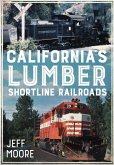It is difficult now to imagine San Francisco Bay without bridges, but not too long ago, a complex system of ferries and trains helped span the waters in an elegant way. The Key System was a huge portion of this network; it was part of businessman "Borax" Smith's method to attract San Francisco workers to live in the cities of Berkeley, Oakland, and Piedmont, where he dealt in real estate. The Southern Pacific Railroad was the Key System's fierce competitor, then later an ally, before it was vanquished. Thousands of commuters rode the system for years, until a ridership decline eventually doomed the Key when bridges finally crisscrossed the bay.
Hinweis: Dieser Artikel kann nur an eine deutsche Lieferadresse ausgeliefert werden.
Hinweis: Dieser Artikel kann nur an eine deutsche Lieferadresse ausgeliefert werden.

